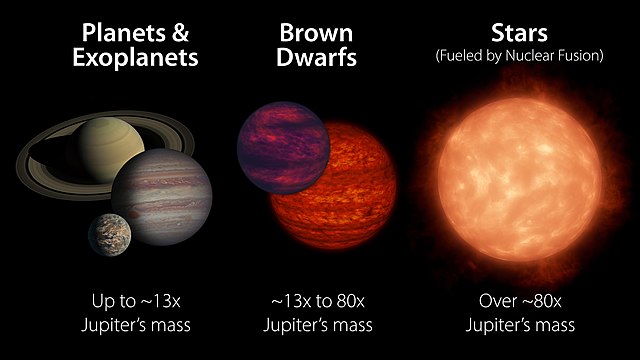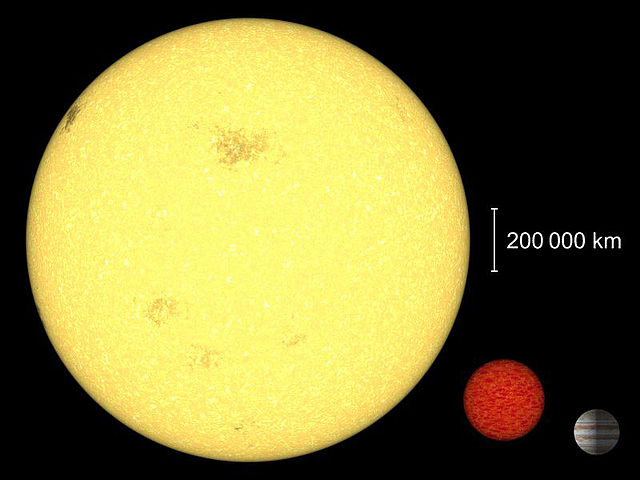The Black Widow Pulsar is an eclipsing binary millisecond pulsar in the Milky Way. Discovered in 1988, it is located roughly 6,500 light-years away from Earth. It orbits with a brown dwarf or Super-Jupiter companion with a period of 9.2 hours with an eclipse duration of approximately 20 minutes. When it was discovered, it was the first such pulsar known. The prevailing theoretical explanation for the system implied that the companion is being destroyed by the strong powerful outflows, or winds, of high-energy particles caused by the neutron star; thus, the sobriquet black widow was applied to the object. Subsequent to this, other objects with similar features have been discovered, and the name has been applied to the class of millisecond pulsars with an ablating companion, as of February 2023 around 41 black widows are known to exist.

The blue and green are optical images of the field in which the black widow pulsar is found, the green indicating the H-alpha bow shock. The red and white are the colors of the shock structures discovered in x-ray by the Chandra X-ray Observatory.
Artist's impression of the pulsar surrounded by its bow shock. White rays indicate particles of matter and antimatter being spewed from the star. Its companion star is too close to the pulsar to be visible at this scale.
Depiction of the same pulsar one million times closer showing the effect of its wind on its companion star, which is evaporating. The bow shock is too large to be shown, and at this scale would extend more than 15 miles (24 km) beyond the edge of the computer screen.
Brown dwarfs are substellar objects that have more mass than the biggest gas giant planets, but less than the least massive main-sequence stars. Their mass is approximately 13 to 80 times that of Jupiter (MJ)—not big enough to sustain nuclear fusion of ordinary hydrogen (1H) into helium in their cores, but massive enough to emit some light and heat from the fusion of deuterium (2H). The most massive ones can fuse lithium (7Li).
Artist's concept of a T-type brown dwarf
The smaller object is Gliese 229B, about 20 to 50 times the mass of Jupiter, orbiting the star Gliese 229. It is in the constellation Lepus, about 19 light-years from Earth.
Planets, brown dwarfs, stars (not to scale)
A size comparison between the Sun, a young sub-brown dwarf, and Jupiter. As the sub-brown dwarf ages, it will gradually cool and shrink.







